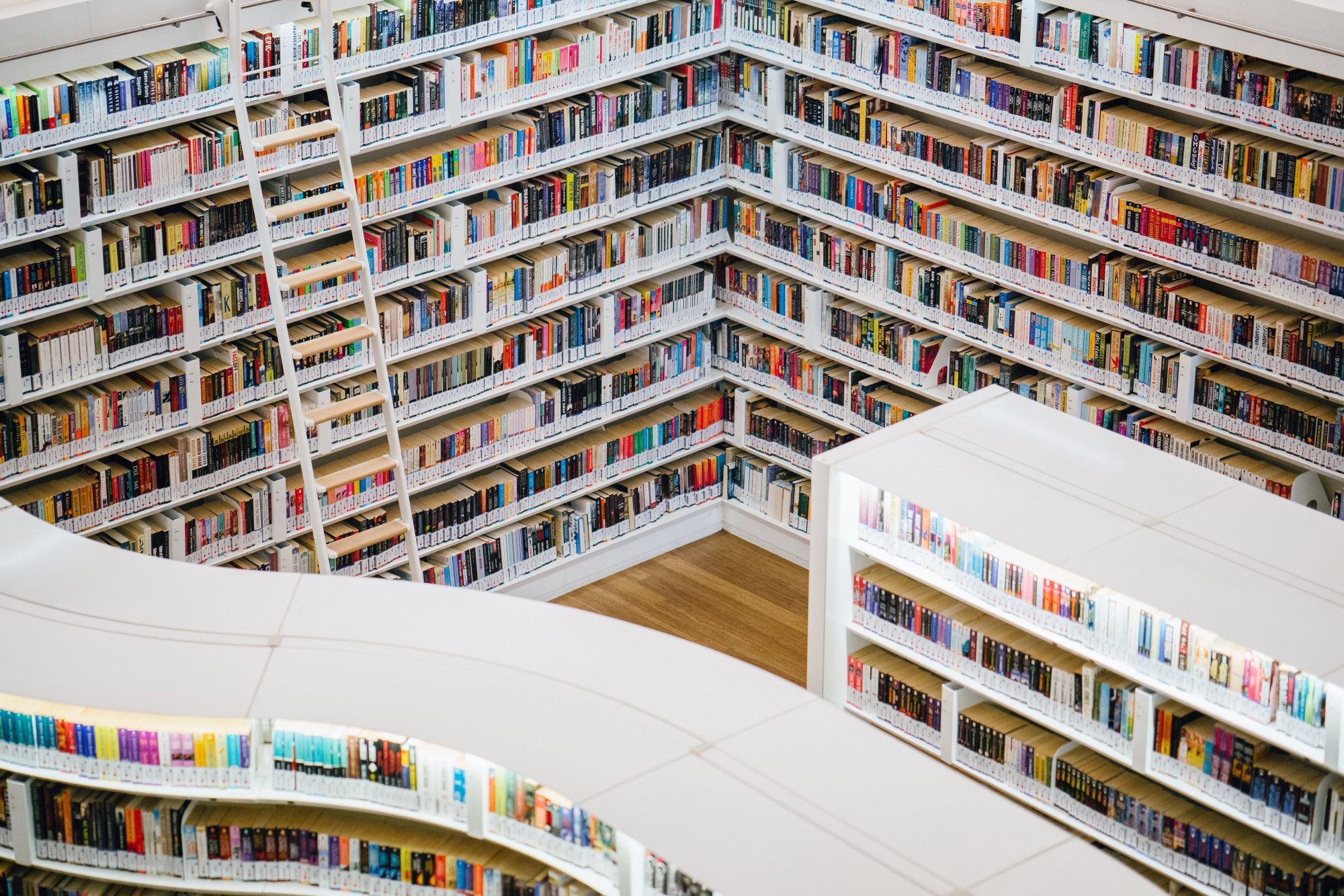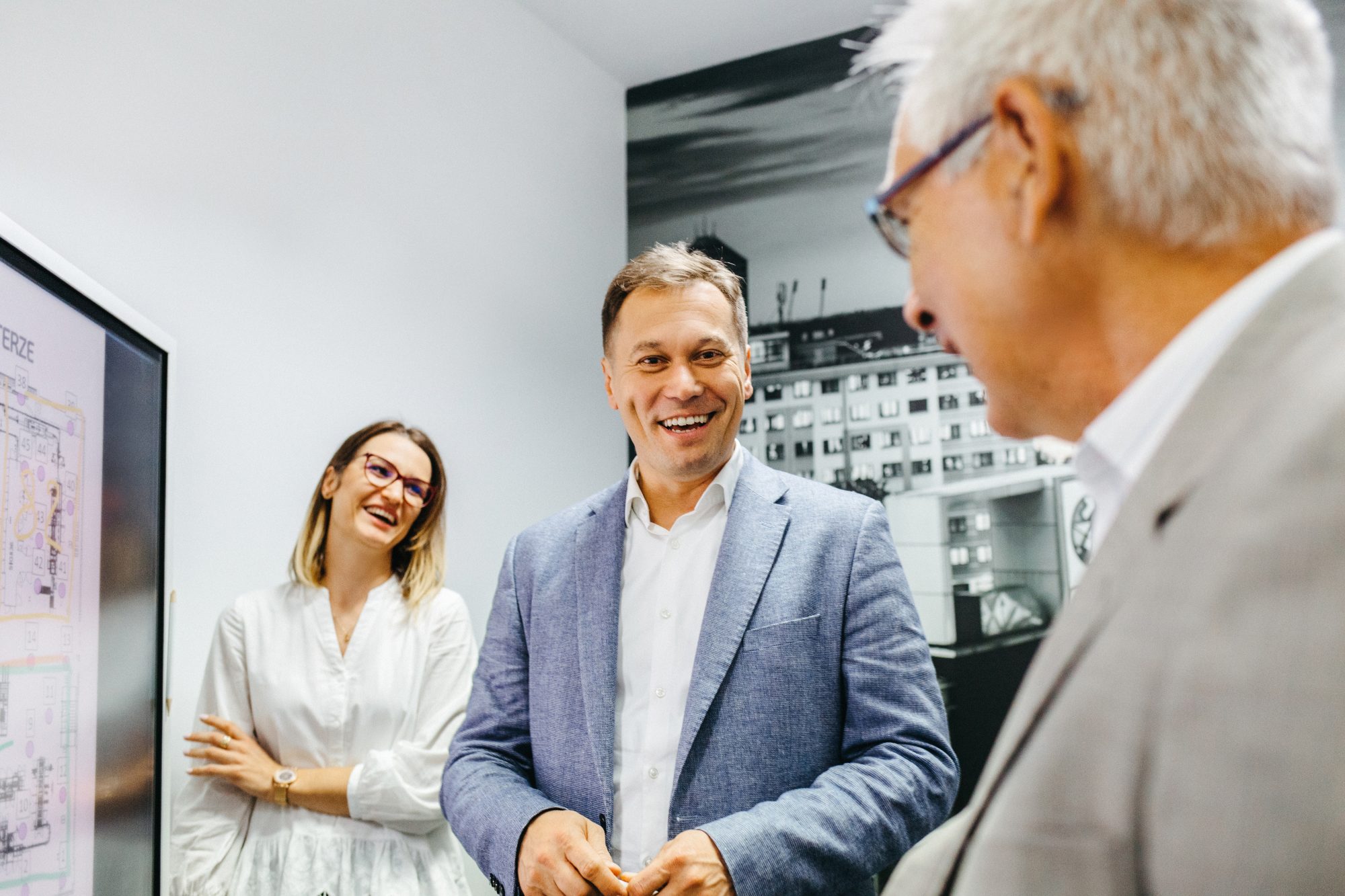XVIII International Symposium on News in Audio and Video Technology, Wrocław 2020
Marcin Łuczak, Karolina Jaruszewska, prof. Andrzej Dobrucki
Protection from noise and provision of the comfort of life and work for society is presently one of the most significant challenges of our civilization. Noise is one of the most widely and most frequently experienced problems in the industrial working environment. The idea of implementing new e-learning and teaching methods originated from the need to enhance practical industrial acoustic knowledge. The main purpose of the courseware is to innovatively fill the gap in recent VET education programs and to increase specialists’ awareness about the role acoustic comfort plays in the life of human beings.
Acoustics Course for Industry (ACI) consists of few modules: Noise, Impact of noise on humans, Environmental and occupational noise, and Noise management. Educational materials include case studies, sound samples, interactive content, and VR-360 videos. Effects can be watched on a computer or using the VR headset. Results of this project constitute an example of synergy between initiatives undertaken in research and innovation as well as promoting to use of new technologies to transfer scientific and engineering knowledge.


